Deciphering Wine Blind Boxes, One of China’s Hottest Trends in Wine Sales
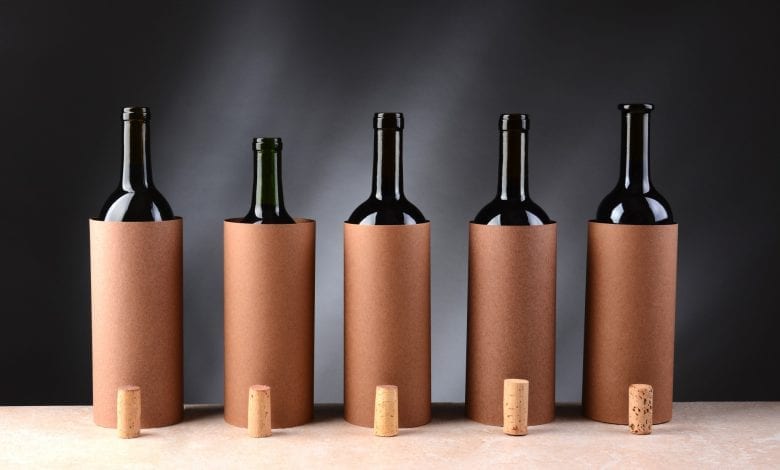
“Fun. Interesting. Mysterious.” These are among the descriptors attached to one of the most popular new crazes sweeping the Chinese retail market – the “blind box” phenomenon. With the spread of the blind box concept into the mainstream, these products have gradually moved away from their gimmicky origins, instead of transforming into a full-fledged marketing style. As blind boxes continue to receive such a warm welcome in China, the wine and liquor industry has started to take notice, with many brands promoting their own blind wine boxes.
On a fundamental level, these blind boxes are no different than the “lucky bags” of the past, a sales method that originated in Japan as a clever way for sellers to get rid of excess stock while still giving customers a great deal. When purchasing a lucky bag, a customer would receive a non-transparent bag or box containing a collection of randomly-selected goods, hoping to hit the jackpot with a high-value item. After opening, customers who received goods worth a higher value than what they paid would be ecstatic, while those who merely broke even would still be satisfied with an interesting assortment of products to try out.
Now, over the past two years, a new “blind box” trend has grown into a phenomenon in its own right, kicked off by the mini-doll brand Popmart but soon spreading to beauty products, foodstuffs, retail, and other sectors. Everything from creative culture boxes to makeup boxes, snack boxes, and more can now be found with ease. Industries of all sizes and types are starting to integrate the blind box concept into their sales and marketing strategies.
Wine sellers test out blind box marketing techniques

As the name implies, consumers have no idea what particular products their box will include prior to purchase; there is an enticing mystery to the product. As this blind box concept gradually made its way into the wine industry, a few brands were already experimenting with “lucky wine bags” as a method of clearing excess stock from their warehouses. These lucky bags were a precursor to today’s “blind wine boxes,” arriving on the scene three or four years prior to little fanfare.
Despite having been available on the market for a number of years, blind wine boxes remain influential today, and in fact, have recently expanded their influence quite significantly.
A Taobao search with the keywords “blind box wine” will produce over 20 links to blind box products, including limited edition offerings from brands such as Zhangyu, Great Wall Wines, Yellow Tail and other well-known wineries. If the search keywords are changed to “lucky bag wine,” even more products will appear.
Wine sellers take different approaches to the blind box phenomenon
The number of wine sellers getting into the blind box game is still growing, and each has their own definition and understanding of what such a product should look like.
One wine importer has begun promoting blind wine boxes on its public WeChat account, and information found within the applet shows that its current blind boxes can range in value from 168 yuan to 298 yuan, and are comprised of an assortment of five different types of wine.
Mr. Zhang, who is in charge of the account, says that the company’s “initial motivation for creating blind boxes was to help those customers who wanted to purchase wine, but had trouble making selections. Blind boxes are a fun way to try out new wines, and they have grown in popularity over the past few years. We have created our blind boxes with wines that have good flavor and texture, so that we not only offer a fun and interesting experience, but are also able to attract younger customers to our products and get them interested in wine. The quality of the gift boxes themselves is also an important factor we consider, as these wine blind boxes can serve as an excellent gift for holidays and special occasions.”
At another wine brand, the chairman of the board of directors expressed his own views on the phenomenon. He said that his brand came up with an idea for the design of a blind wine box in the year 2020, and the feedback from consumer groups made the case that the product would be quite well-received. He gave an overview of the next steps in making the blind box a reality, stating that the current plan is to create specialty blind box sets containing six bottles each, a mixture of high-end, mid-range, and low-end products, but with the guarantee that that the total value still surpasses the sale price.
Ms. Yuan, a Double Crown seller on Taobao, revealed that there are actually quite a few similarities between today’s blind wine boxes and the lucky bags of yesterday. During her Singles’ Day promotional event from three years ago, she sold 5,000 lucky wine bags which contained wines varying in value from 19.90 yuan to 168 yuan. The cheaper wines would be mixers, while the expensive wines would be high-quality late-harvest sweet wines.
“We ran this promotion based on several different aspects,” Ms. Yuan said. “From one perspective, it was a method for clearing out our warehouse, but the event was also meant to provide our loyal fans and customers with a great deal, to spread good fortune and enrich our store and our activities.
China’s blind wine box market remains in the early stages of development, but two major product types have arisen
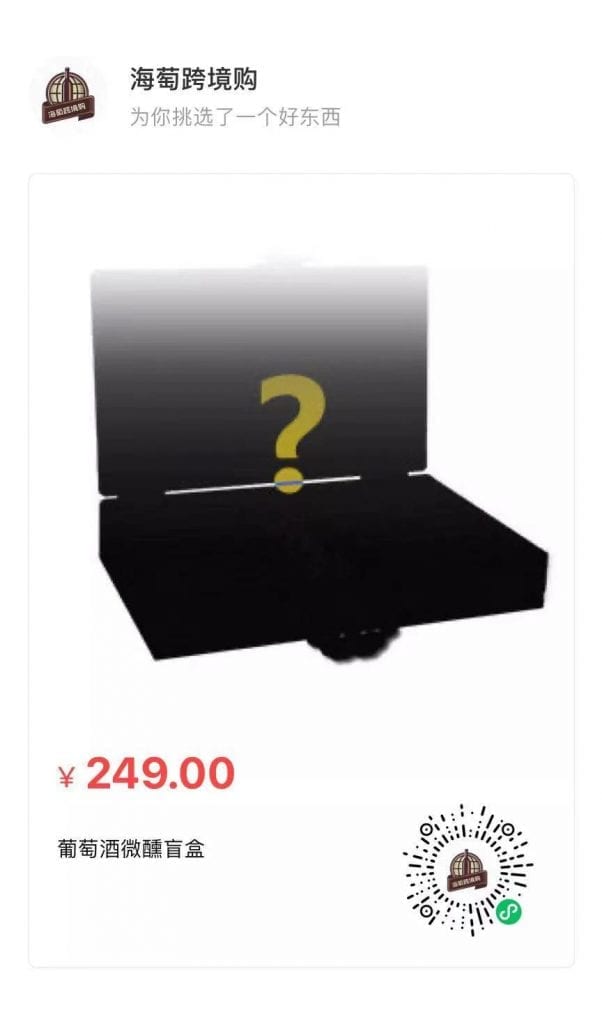
With the first major type of blind wine box, the customer receives no information about the products inside, and only knows the price they are paying – they don’t have the slightest idea as to the variety of wine or the actual market price of the products they are purchasing. The price for this type of box will typically fall under 168 yuan.
With the second major type of blind wine box, a limited amount of information will be provided to the customer about the variety of wine that may be contained within, along with a standard market price which allows the customer to estimate the actual value of their box prior to purchase. Under normal circumstances, this second type of blind box will be priced above the 168 yuan threshold, and will follow a “choose three of these six options” or “choose two of these five options” model.
Although the particular sales methods for blind wine boxes are still in the early stages of development in China, there are already many cases of similar products that have found success overseas. More than a decade ago, a certain mail-order wine company had begun promoting “Mystery Boxes.” These products provided “a mixture of wines originating from different countries and production regions, including both low-grade and high-grade products, sold together as a package based on customer preference with prices determined based on the share of high-grade and low-grade wines included.”
On the official website of Direct Wines, another mail-order wine company, one can find specially designed “Mixed Wine Cases” which offer a collection of six or twelve bottles of different wines, all of which fall within a particular theme. In addition, Direct Wines also offers a 12-bottle Christmas Holiday gift box, an example of another new type of sales method that has been extremely well-received worldwide.
Many within the wine industry have expressed that with this evidence of successful historical cases, they believe that the blind box model is practical for wine. However, the key to making them a success lies with the wine sellers themselves.
When consumers purchase blind boxes, what are they actually getting?
iiMedia Research analysts believe that although China’s blind box market is still early in its development, the extraordinary rise in popularity of these products over the last two years shows that blind boxes are no longer mere gimmicks, and can function as full-blown sales-driving products as well as an important marketing method. Blind boxes across many different industries have been able to effectively grab the attention of younger consumers, and this has gradually spread to other demographics as well.
Blind box culture is becoming more and more accepted by consumers; in some ways, this may be a reflection of changing ideologies in modern society, but it is also true that blind boxes can bring mystery and joy to consumers’ lives during a time when the economy is faltering. Last but not least, blind boxes have also become an interactive experience, as customers share the products and deals they received on social media.
Blind wine boxes may not be the primary drivers of product sales or a marketing focus for most companies, but many consumers do find them to be fun, interesting, and mysterious in a way that can be hard to pass up. When analyzing the primary consumer demographics for blind boxes, it is easy to find overlap with consumers of beer, wine, and liquor. Brands in these industries can lean a little more heavily on this type of product, and have a great opportunity to display the diversity of their products.
For the future, imagine collections created by domestic Chinese wineries or well-known foreign vineyards, comprised of a diverse collection of reds, whites, and sparkling wines, all sold as a package in blind box format; not only are the younger generation’s demands for individuality met, but consumers are also able to gain a deeper level of understanding for the different wineries and varieties of products they offer. The influence of these brands within the market will only grow.
As brands fight to succeed in an ultra-competitive market that grows tougher by the day, attempting to differentiate themselves and stand out above the rest while still looking to give consumers a unique experience, perhaps the answer can be found in blind boxes.
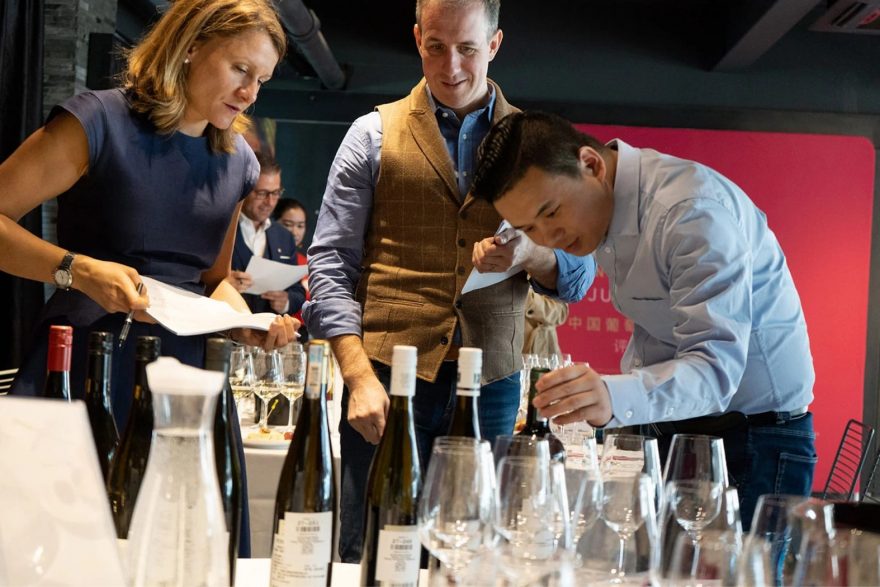
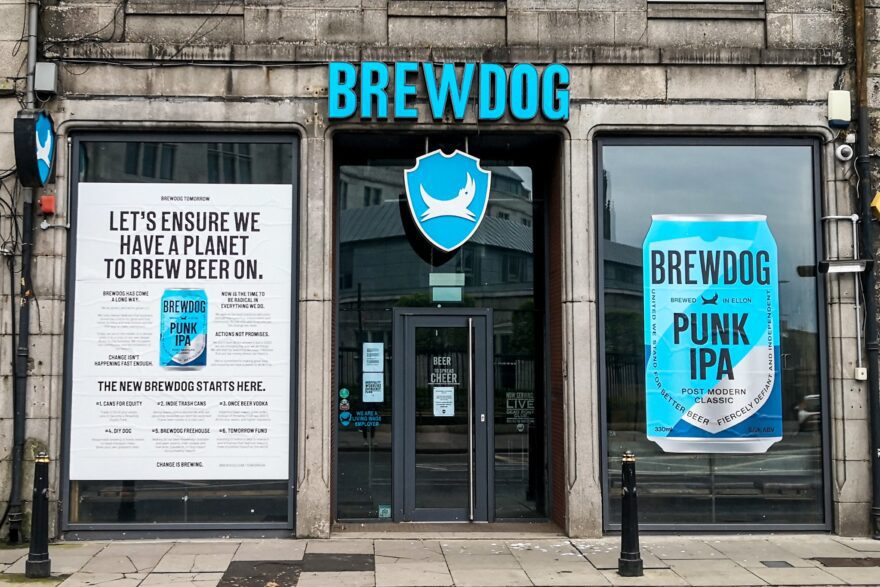

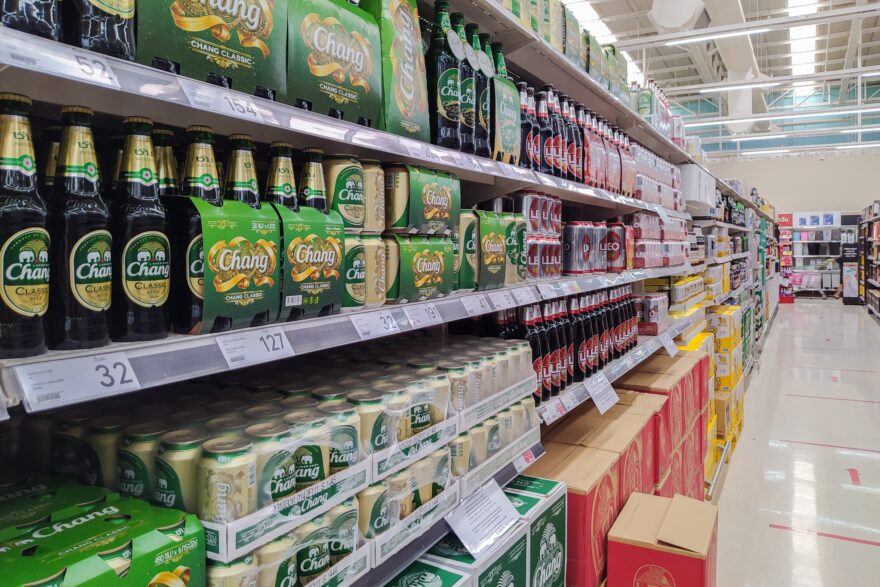
One Comment